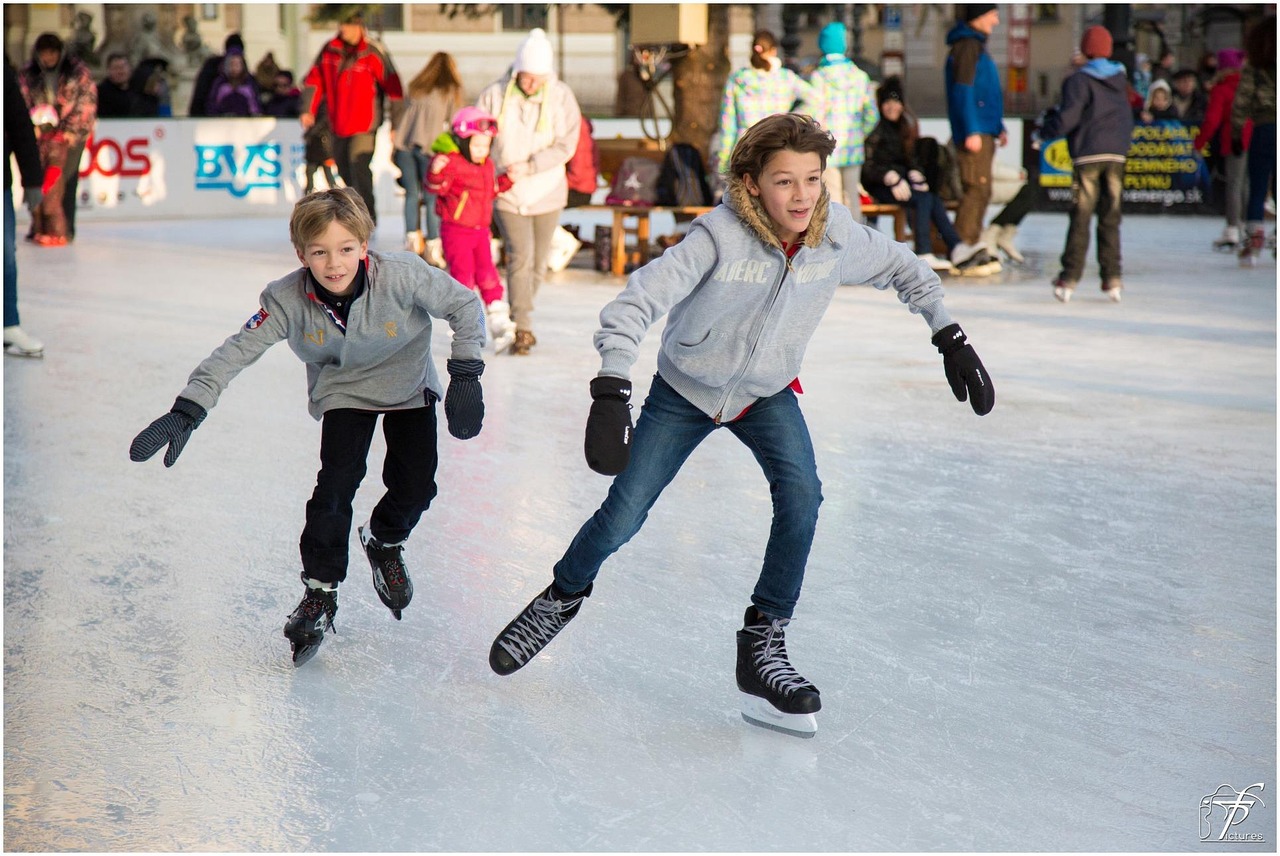Health
Active Teens Show Stronger Brains: Fitness and Screen Time Impact

Research from the University of Eastern Finland and Kuopio University Hospital reveals that an active lifestyle during adolescence significantly influences brain development. The studies highlight the importance of physical fitness and meaningful digital engagement in shaping mental health, learning capabilities, and self-control among teenagers.
The research indicates that adolescents who engage in regular physical activity and moderate screen time exhibit healthier brain wiring. According to Hannamari Skog, a doctoral researcher at the Institute of Biomedicine, “Our new findings highlight the importance of an active lifestyle, good physical fitness and moderate screen time for brain development in adolescence.”
Physical Fitness and Brain Function
In the first study, researchers assessed the physical fitness of participants tracked from childhood to adolescence. They measured various parameters, including cardiorespiratory fitness, muscular strength, speed and agility, and upper-limb coordination. The results showed that adolescents scoring higher in these fitness dimensions had increased cortical excitability and improved inhibitory control in the motor cortex. These neural signatures are essential for learning, precision in motor control, and adaptive brain plasticity.
Using transcranial magnetic stimulation (TMS), the team evaluated how readily the motor cortex activates (excitability) and how well it suppresses activity (inhibition). A balance between excitation and inhibition is critical for healthy cognitive development. The findings indicated that stronger physical fitness correlates with enhanced inhibitory control, suggesting that fitness training may help refine these brain circuits during the vital adolescent period.
Impact of Screen Time on Brain Health
The second study focused on the relationship between adolescents’ digital media habits and physical activity. It revealed that the quality of screen engagement is as crucial as the duration of screen time. Passive consumption, such as scrolling through social media or watching videos, was linked to weaker cortical inhibition. Conversely, active engagement—like interactive gaming, creative media use, or participating in supervised sports—correlated with increased cortical excitability, similar to trends observed in the fitness study.
Skog emphasized, “Passive engagement with digital devices weakened adolescents’ cortical inhibition, the so-called ‘braking system’ of the brain.” Active engagement, on the other hand, was connected to improved brain function, reinforcing the idea that how adolescents spend their screen time matters significantly.
These findings align with emerging neuroscience, demonstrating that the brain’s inhibitory systems, often regulated by the neurotransmitter GABA, exhibit significant plasticity during adolescence. A mismatch between excitatory neural processes, typically driven by glutamate, and inhibitory signals can lead to increased distractibility, lower self-regulation, and greater susceptibility to mental health issues.
The studies involved 45 healthy adolescents from Finland, a relatively small and homogenous sample. While the associations found are strong, they do not yet imply causation. Further, larger and more diverse longitudinal studies are necessary to establish whether improvements in fitness or adjustments in media habits can directly alter brain circuitry and enhance learning or mental health outcomes.
Future research should also explore whether enhanced inhibitory control through fitness or active screen engagement can lead to lower incidences of conditions such as ADHD, anxiety, or depression. As adolescents navigate a critical developmental phase, the lifestyle choices they make regarding physical activity and media engagement appear increasingly significant.
In conclusion, the research from Finland underscores the interplay between lifestyle and brain health. The insights gained advocate for promoting a physically active and cognitively engaged lifestyle among adolescents. Families, educators, and policymakers can leverage these findings to foster environments that support not only physical well-being but also the neural foundations necessary for a sharper, healthier mind.
-

 Science1 week ago
Science1 week agoInventor Achieves Breakthrough with 2 Billion FPS Laser Video
-

 Top Stories2 weeks ago
Top Stories2 weeks agoCharlie Sheen’s New Romance: ‘Glowing’ with Younger Partner
-

 Entertainment2 weeks ago
Entertainment2 weeks agoDua Lipa Aces GCSE Spanish, Sparks Super Bowl Buzz with Fans
-

 Business2 weeks ago
Business2 weeks agoTyler Technologies Set to Reveal Q3 Earnings on October 22
-

 Entertainment2 weeks ago
Entertainment2 weeks agoMother Fights to Reunite with Children After Kidnapping in New Drama
-

 World2 weeks ago
World2 weeks agoR&B Icon D’Angelo Dies at 51, Leaving Lasting Legacy
-

 Entertainment2 weeks ago
Entertainment2 weeks agoRed Sox’s Bregman to Become Free Agent; Tigers Commit to Skubal
-

 Science2 weeks ago
Science2 weeks agoNorth Carolina’s Biotech Boom: Billions Invested in Manufacturing
-

 Health2 weeks ago
Health2 weeks agoCurium Group, PeptiDream, and PDRadiopharma Launch Key Cancer Trial
-

 Health2 weeks ago
Health2 weeks agoNorth Carolina’s Biotech Boom: Billions in New Investments
-

 Health2 weeks ago
Health2 weeks agoCommunity Unites for 7th Annual Into the Light Walk for Mental Health
-

 Top Stories2 weeks ago
Top Stories2 weeks agoDisney+ Launches Chilling Classic ‘Something Wicked’ Just in Time for October









